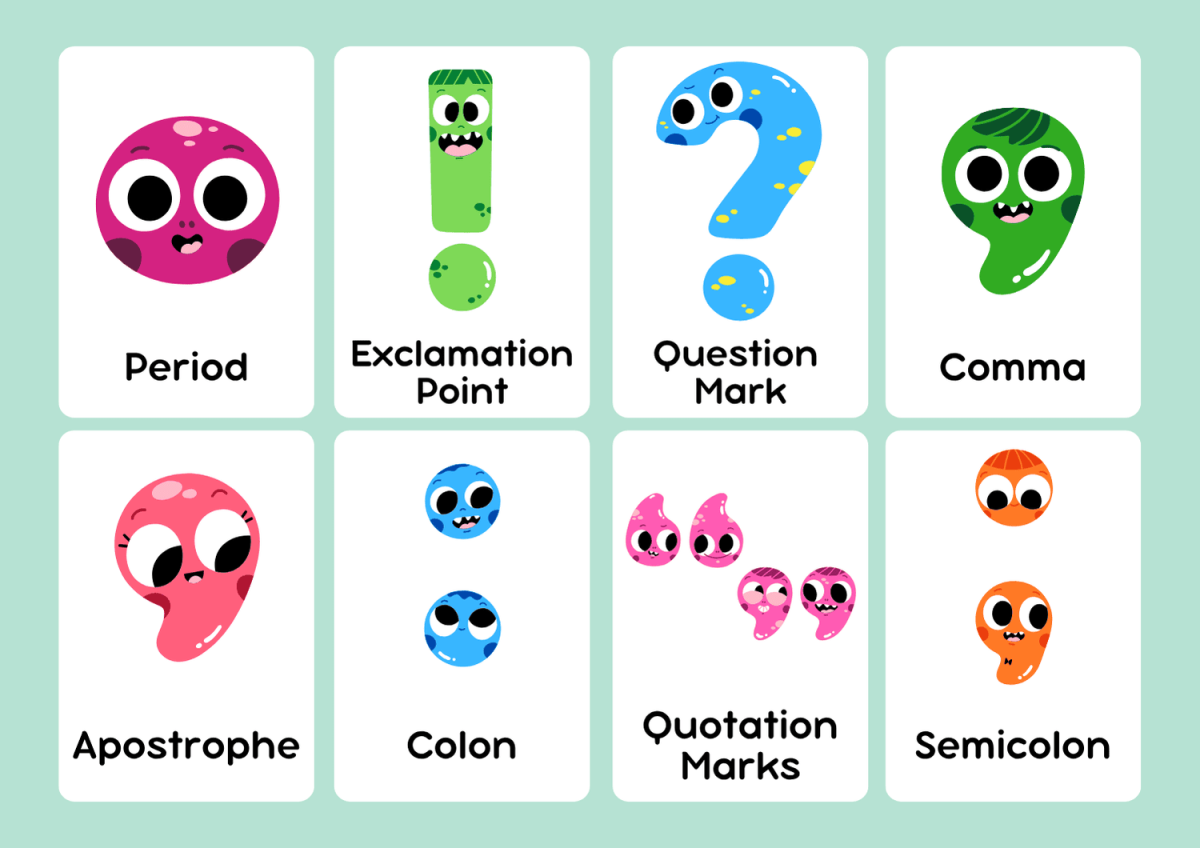Here at KidWrite!, we see over and over that these are the top five types of punctuation that trip up kids. We call them Tricky Punctuation, and work hard to ensure that kids know how to use each one, when to use each of them, and why to use them.
Tricky Punctuation
- Commas and Semicolons: Sometimes you use one. Sometimes you use the other. When it’s right, you may have a choice of which to use. When it’s wrong, it’s never going to be a choice. Telling them it has to do with Independent Clauses rarely means as much as showing these two punctuation symbols in action, in a variety of situations.
- Colons, Dashes, and Parentheses: Suddenly, dashes are everywhere! Why? Because kids aren’t sure what to use instead. With a few examples, or exemplars, they are off and running.
- Adjectives and Commas: Sometimes you need a comma with adjectives. Sometimes you don’t. There is a definite logic to the use of commas with adjectives, and once you know it, it’s unlikely you’ll go wrong.
- Quotation Marks: Of course, you use these with dialogue. But what if the dialogue is a question? What if you’re quoting someone else who asked a question in the quoted material, but your sentence is not a question? What about movie titles? Book titles? Titles of poems? The list is endless – and confusing.
- Apostrophes: You use them to form contractions and possessives. Right? Yes, but what about forming possessives with personal pronouns? Where else do you use apostrophes?
A Useful Resource
We find that Grammar Girl’s The Ultimate Writing Guide for Students by Mignon Fogarty lays it all out and does an excellent job if you’re curious and want to tackle it on your own. If you get stuck, let us know via our Contact Form.
